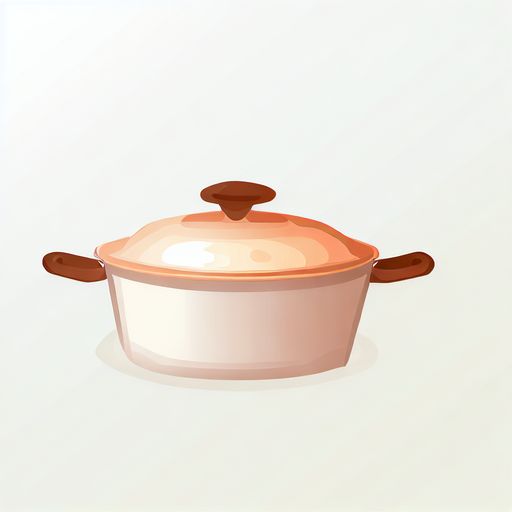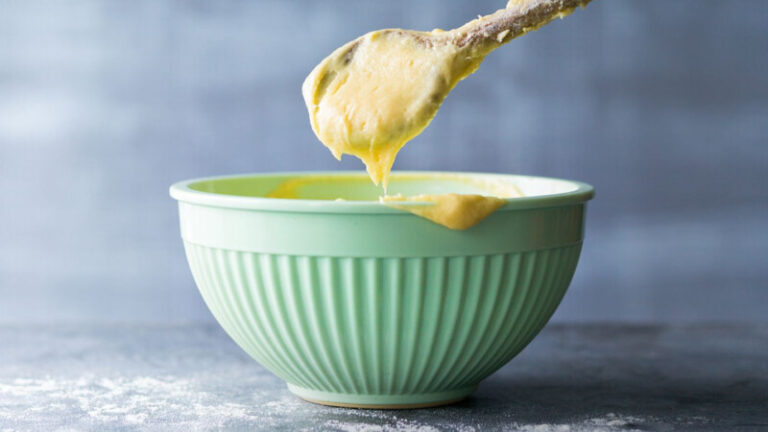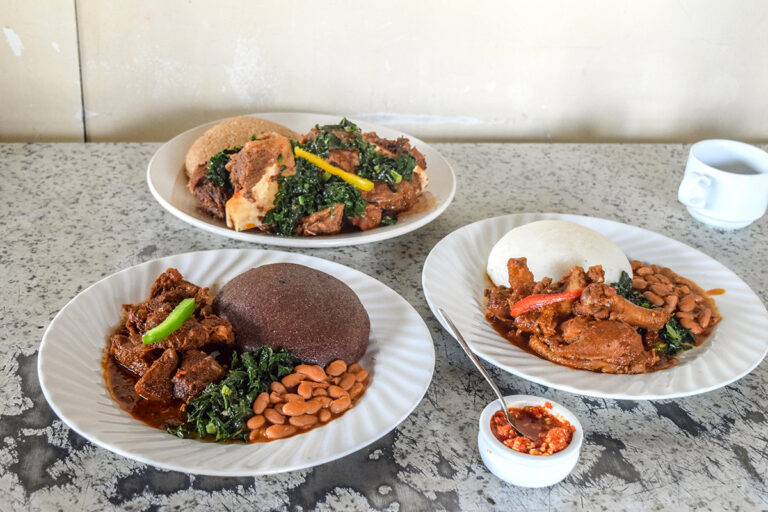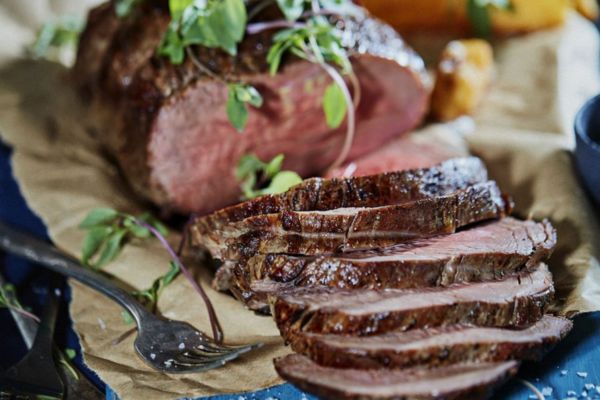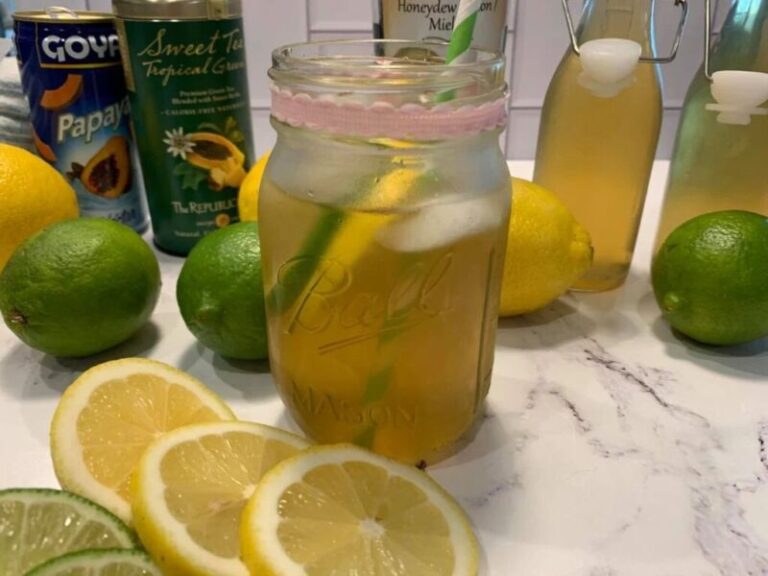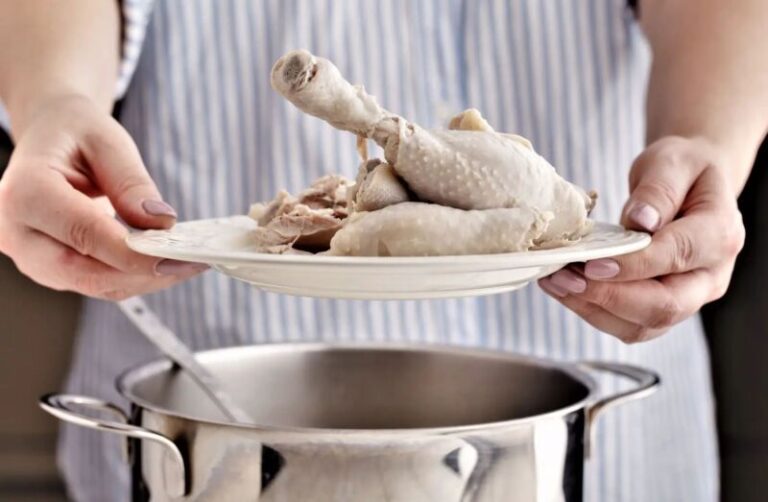Do You Simmer With The Lid On Or Off?
Simmering is a versatile cooking technique that involves cooking food gently in liquid at a temperature just below the boiling point. This method produces delicious soups, stews, curries, sauces and more. But one question that often pops up is: should you simmer with the lid on or off?
The choice between simmering covered or uncovered depends on factors like the recipe, ingredients, and desired results. In this comprehensive guide, we’ll explore the purpose of a lid, the characteristics of simmering, and the benefits of simmering with the lid on versus off.
The Purpose of a Saucepan Lid
A lid serves multiple important functions when simmering food in a saucepan or pot:
- Heat Generation and Retention – The lid traps steam and heat, helping the liquid come up to temperature quickly. It also prevents heat loss once simmering.
- Moisture Retention – A tight-fitting lid prevents moisture from evaporating as the food cooks, keeping ingredients tender.
- Cooking Efficiency – Using a lid speeds up cooking time and saves energy since the liquid doesn’t have to be heated as aggressively.
What is Simmering?
Simmering involves cooking food gently in liquid held at 185°F to 205°F. This temperature keeps the liquid below the boiling point (212°F) so it doesn’t form rolling bubbles. Here are some key characteristics of simmering:
- The liquid has small occasional bubbles that rise slowly and break the surface.
- It maintains a consistent temperature with gentler heat.
- Food cooks relatively slowly, making simmering good for ingredients that need time to break down.
- The surface may quiver slightly from bubbling underneath.
Should You Simmer with the Lid On or Off?
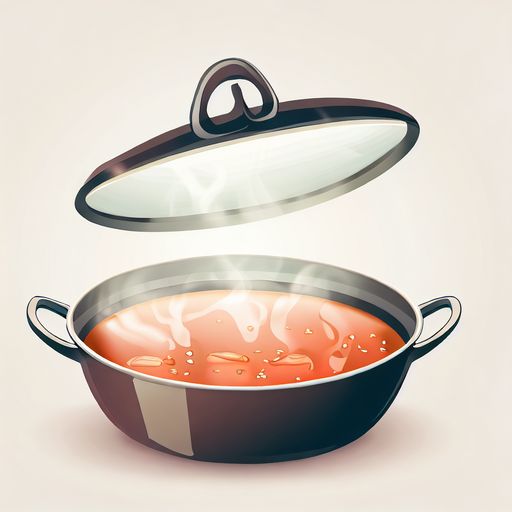
Whether to simmer with the lid on or off depends on several factors:
What You’re Cooking
Certain foods and recipes benefit from covered simmering while others call for uncovered simmering. Soup and stew recipes often start covered to infuse flavors and then finish uncovered.
Stage of the Cooking Process
At the start of cooking, the lid helps the liquid come up to a simmer efficiently. Uncovered simmering later on reduces and concentrates flavors.
Desired Results
Simmering uncovered reduces liquid volume, thickens sauces, and concentrates flavors. Covered simmering maintains moisture and texture.
Benefits of Simmering with the Lid On
Here are some of the reasons you might choose to simmer with the lid on your pan or pot:
1. Quick and Efficient Heating
A lid allows the liquid temperature to rise faster by trapping steam. This gets your recipe up to a simmer quickly.
2. Retains Moisture
Less evaporation occurs when the lid is on, preventing foods from drying out or the liquid decreasing too much.
3. Infuses Flavors
Ingredients exchange flavors more readily in moist simmering conditions with the lid on.
4. Begin Cooking Fragile Ingredients
Gentle covered simmering prevents delicate ingredients like fish and vegetables from breaking apart too much.
5. Prevent Boil Overs
Vigorous boiling is contained when simmering liquids like pasta sauce or oatmeal with the lid on.
Benefits of Simmering with the Lid Off
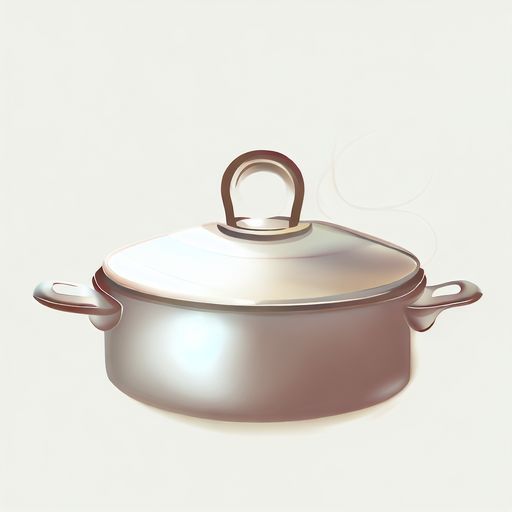
Here are some benefits of uncovered simmering:
1. Reduces and Thickens
Leaving the lid off allows liquid to evaporate, thickening sauces, stews and soups nicely.
2. Concentrates Flavor
As moisture evaporates, flavors become more concentrated and intensified.
3. Prevents Cloudiness
Some liquids can look cloudy or murky when simmered covered. Leaving the lid off gives a clear, appetizing appearance.
4. Lower Risk of Boiling Over
With the lid off, you can better control the temperature and prevent vigorous boiling and overflow.
5. Promotes Browning
Leaving the lid off promotes caramelization and browning through surface evaporation.
When to Simmer Soups Covered or Uncovered
Understanding when to simmer soup with the lid on or off results in the best texture and flavor.
Covered Simmering
- Start soups with the lid on to infuse flavors and soften vegetables.
- Maintain lid on when adding liquid or delicate ingredients to prevent boiling over.
- Use the lid when simmering milk or cream-based soups to prevent curdling.
Uncovered Simmering
- Finish simmering uncovered to reduce and thicken broth.
- Prevents clouding in broths by allowing steam to disperse.
- Promotes caramelization and color development on ingredients.
Simmering Pasta Sauce, Chili and Curry
Rich simmered sauces often benefit from uncovered cooking:
Bolognese
This meaty sauce simmers gently for hours with the lid off to reduce, thicken, and develop deep flavor.
Curry
Indian curries need uncovered simmering to prevent a thin, watery sauce and allow the oils and spices to fully bloom.
Chili
Browning the meat and achieving the right consistency requires a combination of covered and uncovered simmering.
Simmering Stock
When making stock, gentle simmering is key. Leaving the lid off provides some advantages:
- Allows you to maintain a lower temperature.
- Evaporates excess water for more concentrated flavor.
- Prevents cloudiness by releasing steam.
Braising with the Lid On or Off
Braising is another moist cooking method that benefits from simmering with the lid on:
- Braise with the lid on to break down tough meats and vegetables immersed in liquid.
- The lid promotes tenderizing and inhibits drying out.
- Some recipes finish braises uncovered to reduce liquid or brown meats.
Key Takeaways
Deciding whether to simmer with the lid on or off depends greatly on the recipe and your cooking goals. Here are some key tips:
- Use the lid at the start of simmering to bring the liquid up to temperature quickly.
- Leave the lid on when moisture retention is desired, like braising meat or simmering rice.
- Remove the lid towards the end of cooking when reducing or thickening sauces.
- Go uncovered when making clear broths to prevent cloudiness.
- Adjust the lid to control the simmering temperature and prevent boiling over.
Now that you know the ins and outs of covered vs. uncovered simmering, you can make the right choice for your soups, sauces, curries and more! For additional cooking tips and recipes, check out our website.
